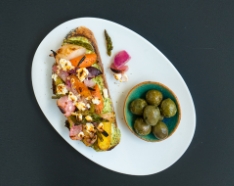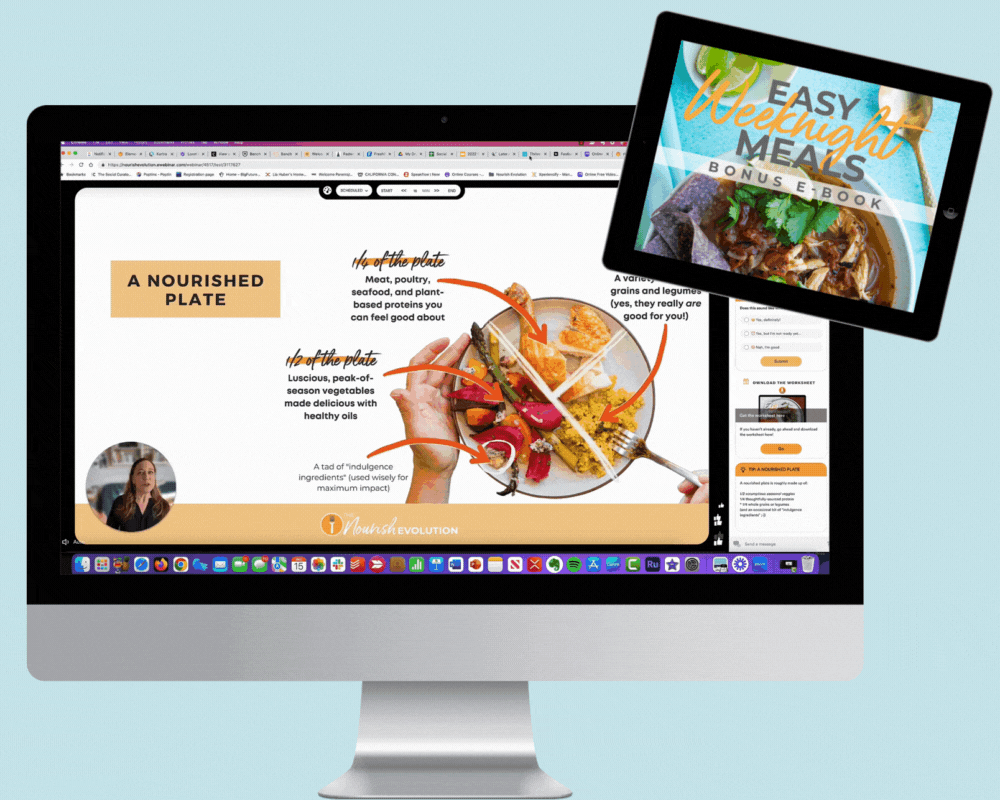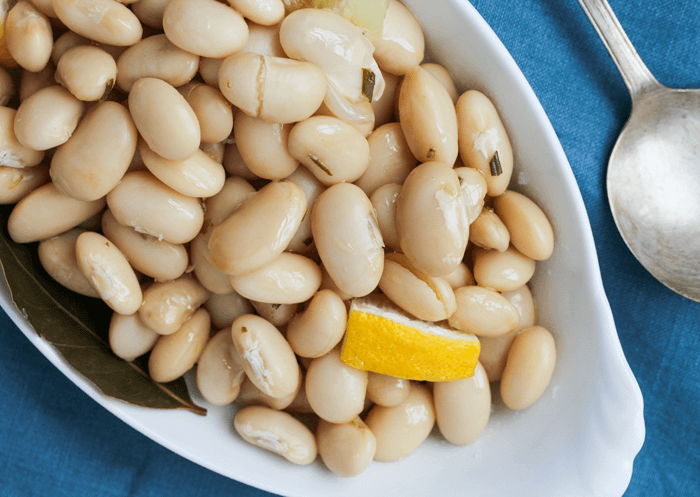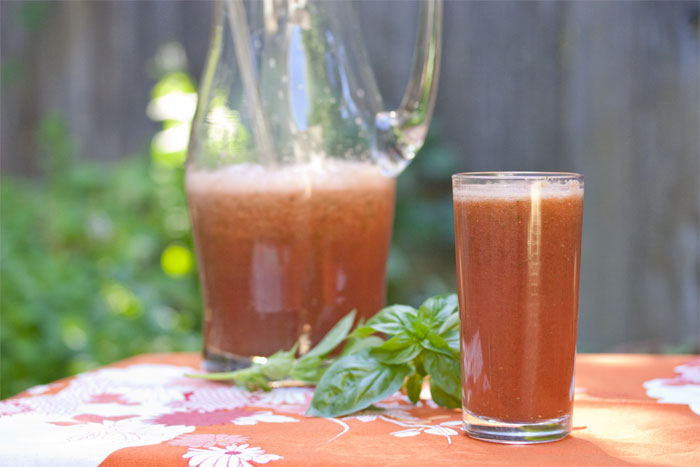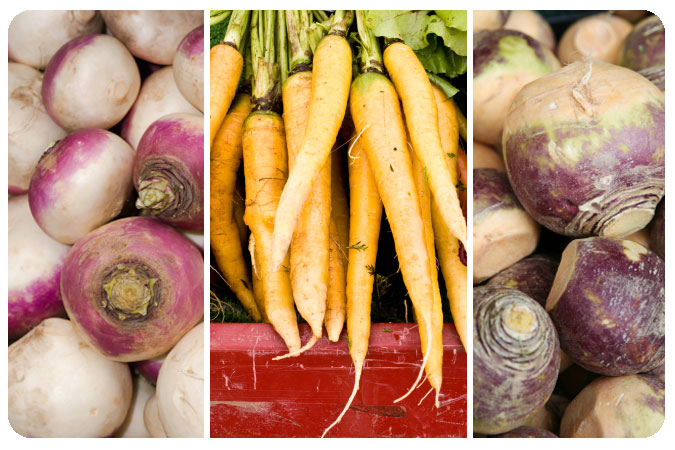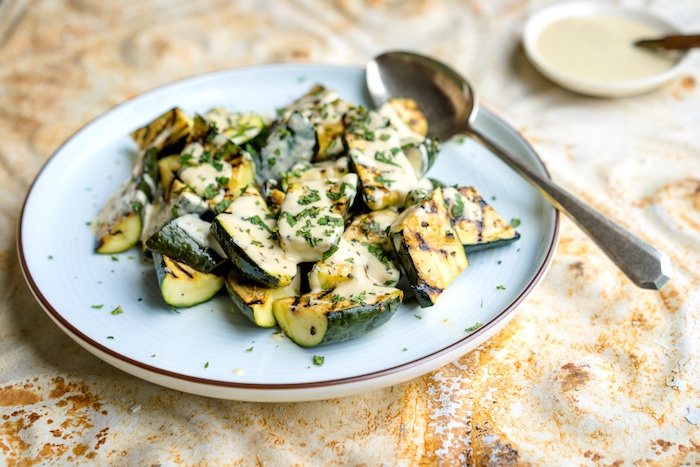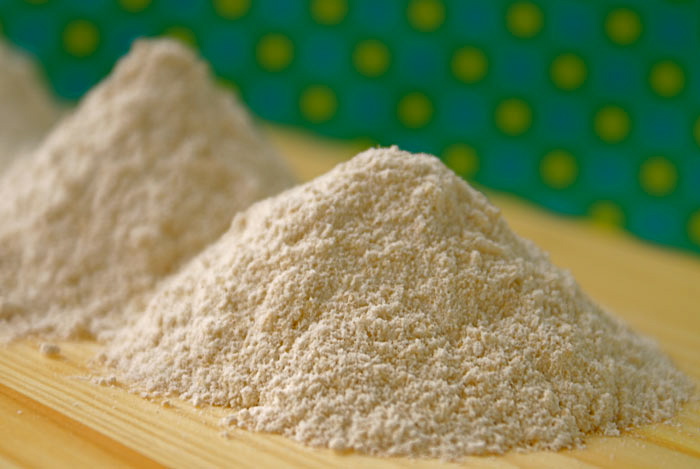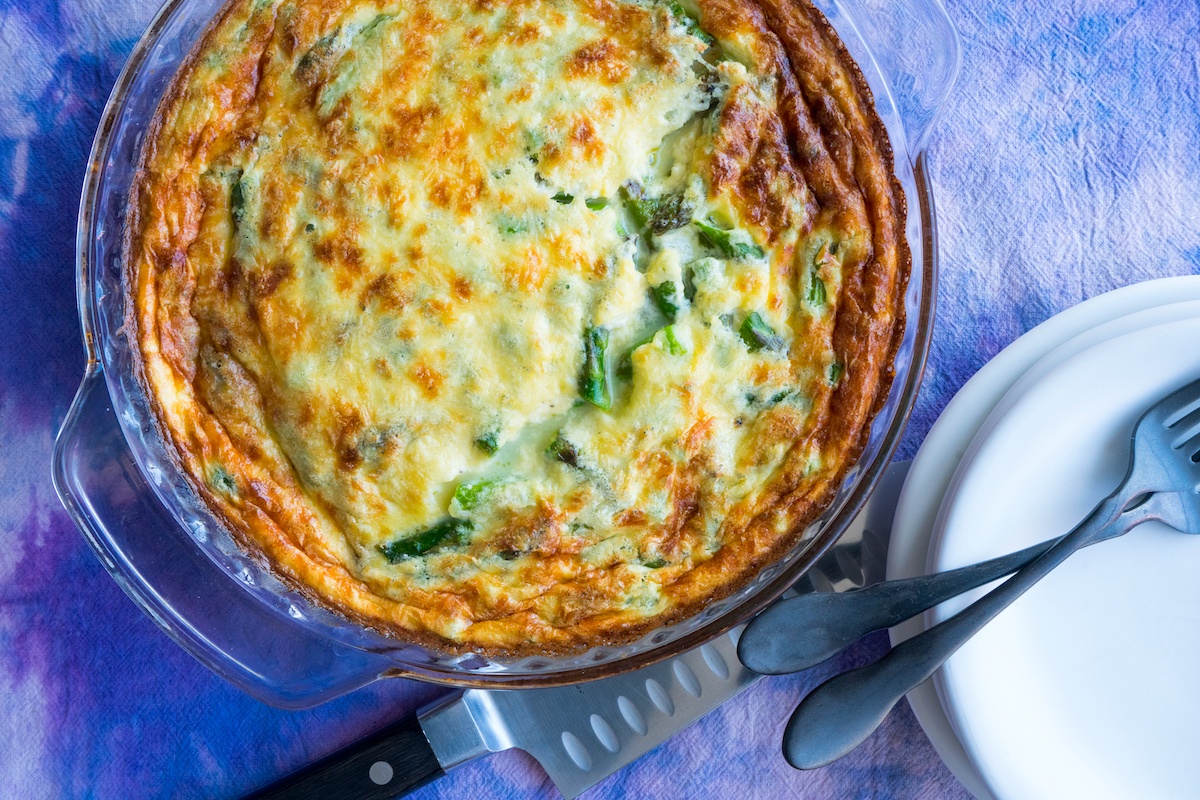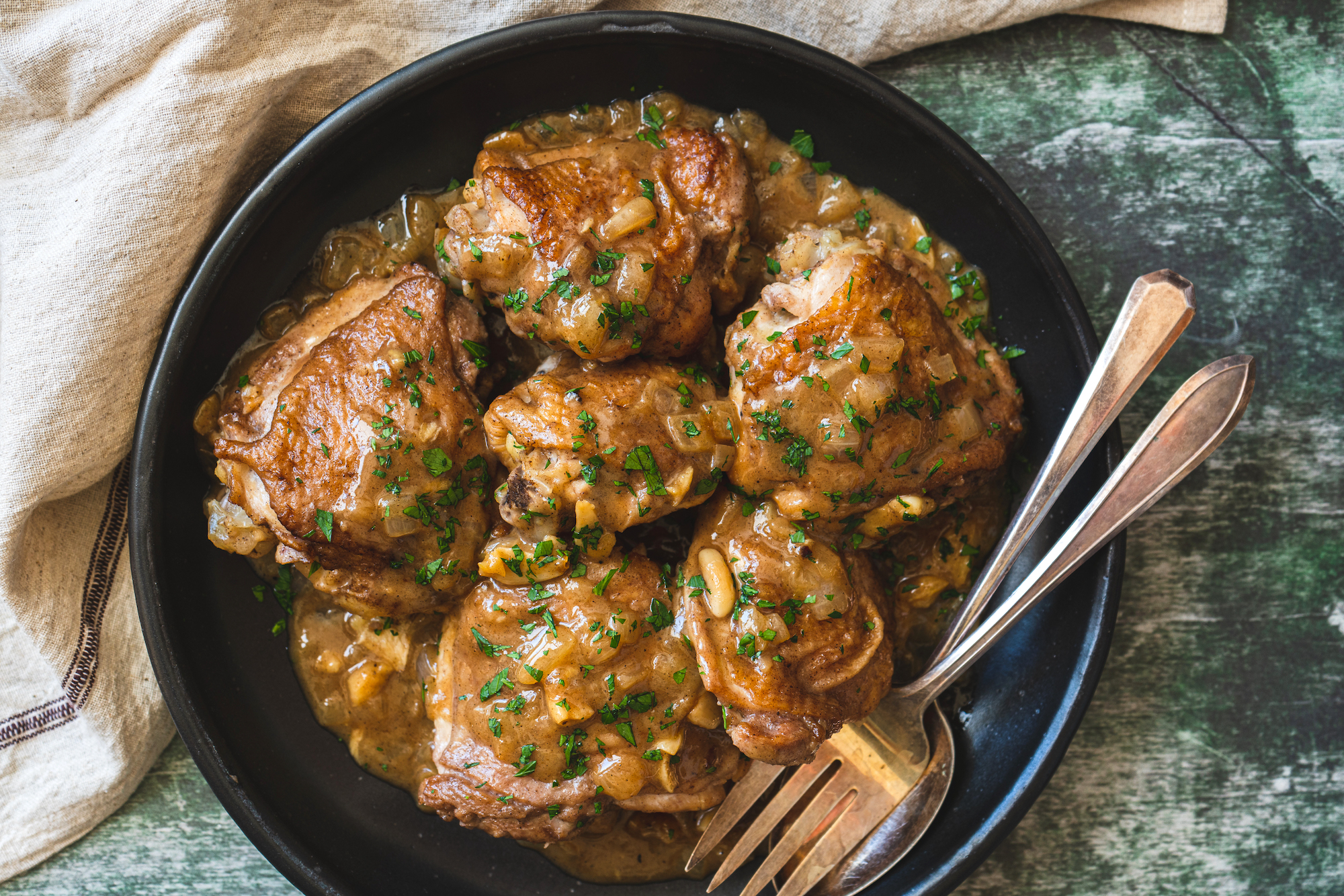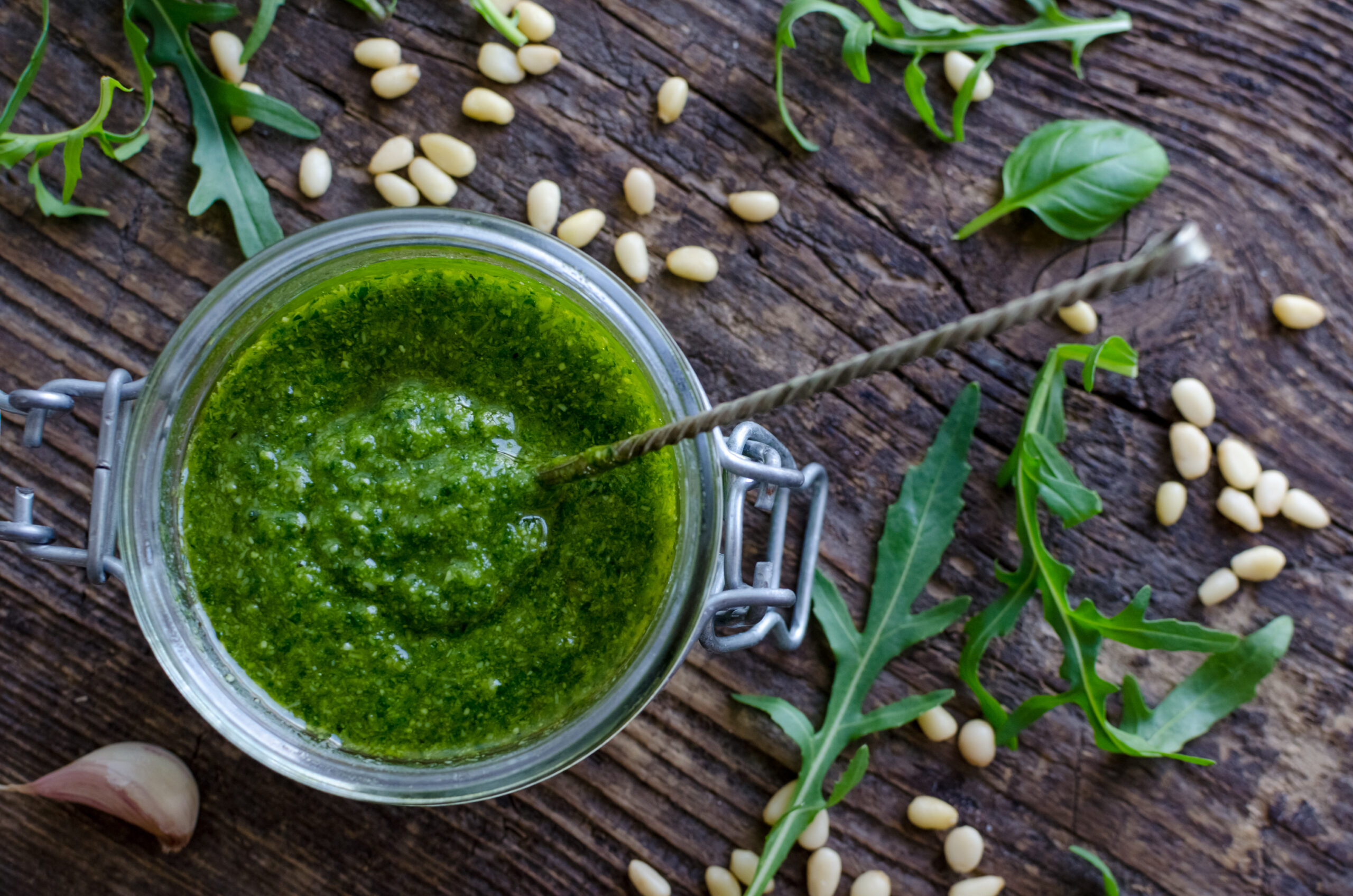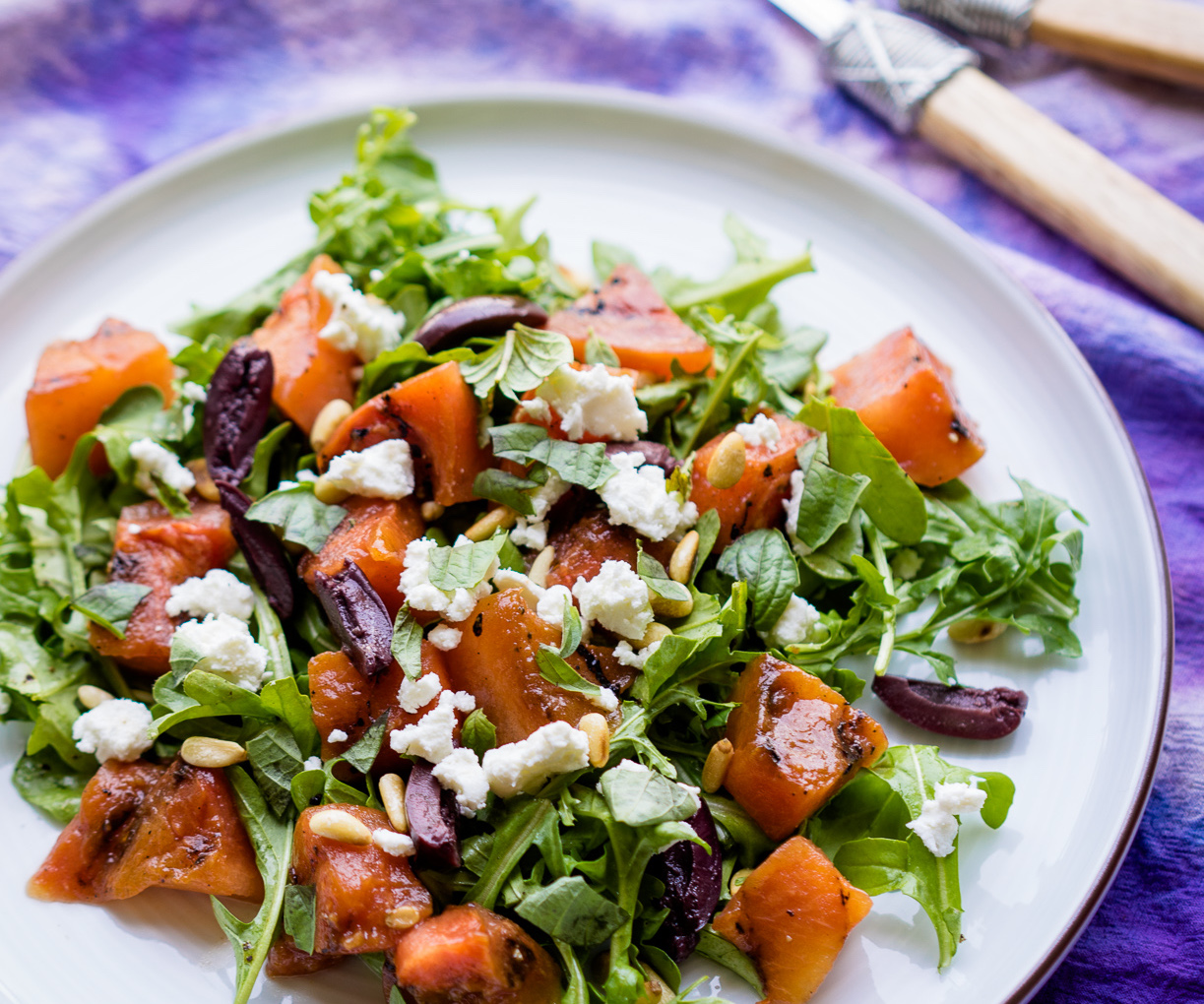It seems I'm meant to talk about kids' lunches right now. This past Tuesday, I did a segment on ABC-TV's View from the Bay on making healthy lunches fun for kids. But even better than peanut butter banana spirals is the fact that, right now, we have an opportunity to be a part of re-framing the school lunch program in America. Here to tell us all about it and how we can get involved is one of our talented new Contributors, Kurt Michael Friese.

Fifty-three years ago when President Truman signed the first School Lunch Act, he said at the ceremony that “In the long view, no nation is healthier than its children, or more prosperous than its farmers.” Yet today in America we have steadily rising rates of childhood obesity and early-onset diabetes, so much so that if you were born after 2000 you have a startling one-in-three chance of developing diabetes before you’re old enough to vote. If you’re a minority, that number rises to one-in-two. America, too, has more prisoners than farmers now, and among those few remaining the average age is 57 and rising. It seems America has failed President Truman’s vision in both the health of its children and the prosperity of its farmers. An interesting proposition: fewer farmers=less healthy food.
Yet we have the opportunity to better both sides of that equation. The Child Nutrition Act, the piece of legislation that governs what 30 million kids eat in school each day, is up for re-authorization and Slow Food USA has launched the Time for Lunch Campaign to bring about some needed change. Among the modifications they’re petitioning Congress to make are investing in healthy food (right now, schools are given roughly $1 day per student to spend on food); protecting against foods that are a proven risk to kids’ health; and fostering healthy eating habits that will last a lifetime, in part by getting kids and schools involved with local farms and gardens.
What you can do
• Sign the petition. If you want to voice your desire for change, sign Slow Food’s petition to get real food in schools. As of this writing, more than 13,000 people have signed.
• Go to an Eat-in. Think of an Eat-In as the marriage of the traditional picnic to the classic activism of the 1960’s Sit-Ins; this is old-fashioned activism with a hot dish to share. In all 50 states, local Slow Food members and friends of the organization have put together more than 280 grass-roots potluck picnics to occur simultaneously on September 7th, Labor Day. From Bellingham to Bay St. Louis, Carlsbad to Cambridge, people will gather with their friends and neighbors to show their support for getting real food in schools and everyone—whether or not you’re a Slow Food member—is welcome. Bring some food to share, preferably something homemade with local ingredients (for ideas on eco-friendly picnic ware, click here).
• Spread the word. If you do attend a sit-in, or even if you just want to help, tell people—post on Facebook, tweet, send an e-mail blast, start a conversation in the school parking lot—about the Eat-ins and the need to bring real food into our schools.
What is “real food?” you may ask. The answer is simple: real food is food that is and does good from the ground up. It's good for the earth, it's good for those who grow it, it's good for our bodies, it tastes good and makes our community, country and planet a better place. As Truman alluded to all those years ago, real food grown by real people is essential for our health–as individuals, as families and as a nation.

